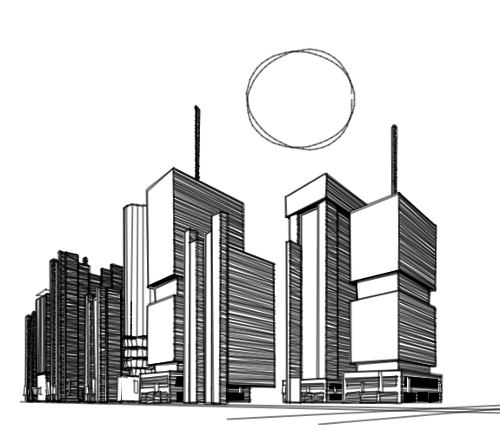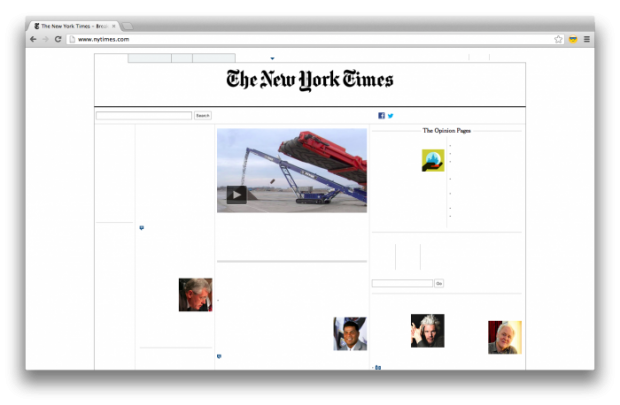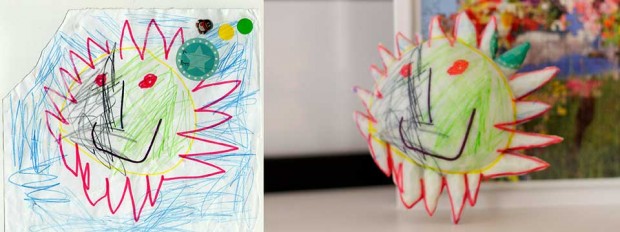David Bowen – Fly Blimps
In this installation, several inflatable blimps drift about an open space, unknowingly piloted by small swarms of houseflies. Light sensors detect the motion of the flies, and these signals are used to control the propulsion of the blimp. Each blimp contains the food and water necessary to sustain the fly community. Many of Bowen’s works (and others such as Ian Ingraham) also contain organic or living elements, and this particular project is quite similar to Swarm. I admire Fly Blimps because it physically embodies the collective behavior of a community of organisms. Additionally, this singular embodiment can interact physically with the embodiments of the other communities. I would like to see how the blimps change behavior if overcrowded, starved, overfed, or disturbed. Unfortunately I don’t see that these avenues are explored or documented.
Sachiko Kodama – Morpho Towers
Morpho Towers consists of iron cone-shaped towers. The towers have grooves and conceal electromagnets in their bases. The basin below the towers contains a reservoir of ferrofluid. Ferrofluid is a suspension of ferrous particles that is attracted to and shaped by magnetic fields. When the magnetic fields are activated to music, the fluid ascends the tower and takes on a spiky, amorphous texture. This project surprised me because I initially assumed that the spikes were a result of complex field shaping and programming. In reality, the spiky surface is a natural property of the ferrofluid, and is dependent on its surface tension and particle size and the magnetic field strength.
Parache and Diel – The Stranger
The Stranger is an interactive art installation intended to explore the concept of anonymity online. The face at the end of the corridor tracks the participant and whispers facebook status updates with increasing volume as the participant approaches. The walls are also meant to visualize social connections from publicly available information. This project has a lot of promise, but I remain somewhat underwhelmed by the video alone. I think the installation achieves its desired creep factor independent of its goal to explore anonymity. As an example, if someone told me that this installation was about capitalism and corporate influence, I might believe them. I also think the graphics on the walls could display richer information, including pictures in addition to words and lines. In short, the installation suggests the proper amount of immersion (possibly submersion?) but not necessarily in the subject, which is anonymity and information. Then again, there could be more to this project than is shown in the video, in which case some of the trendy fades and blurs should be replaced with shots of the installation performing in unique ways.









